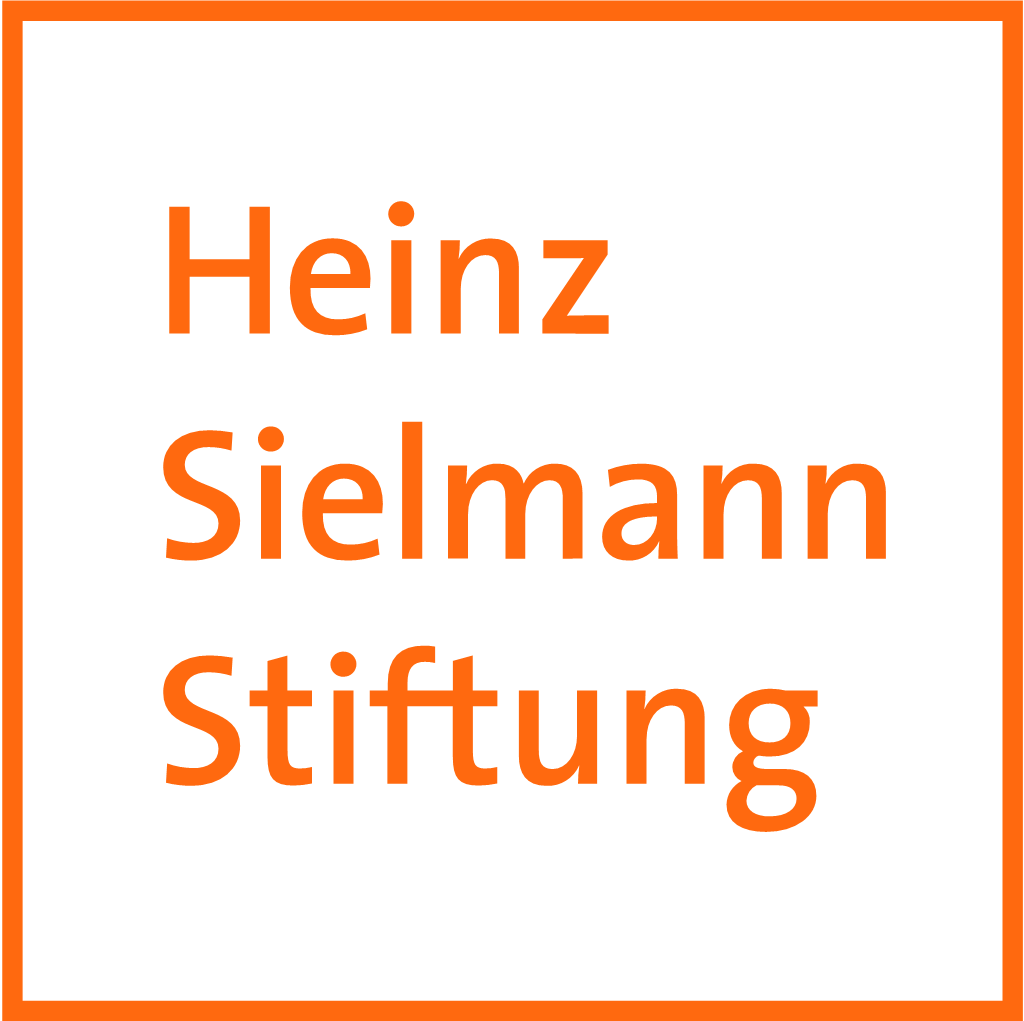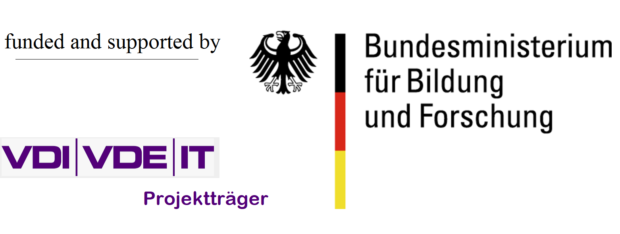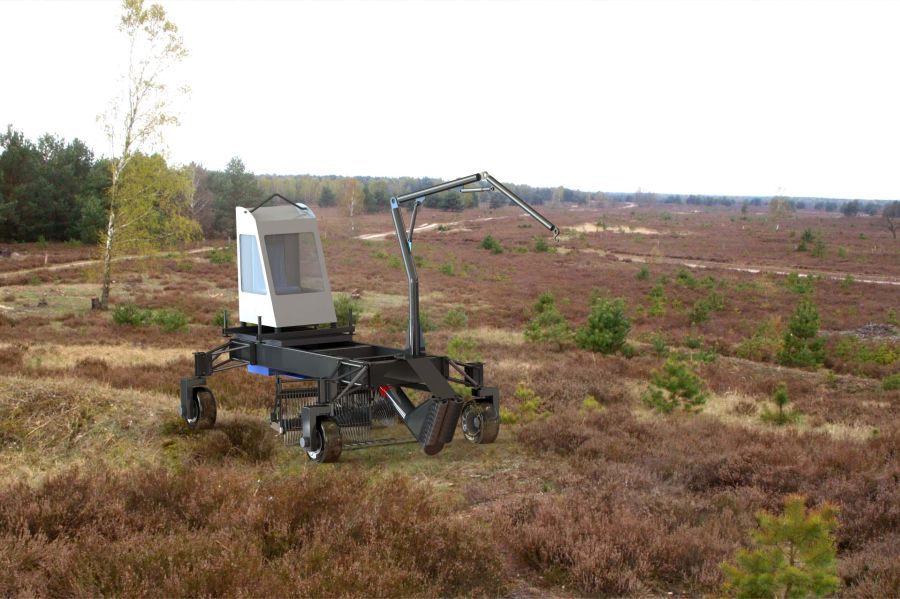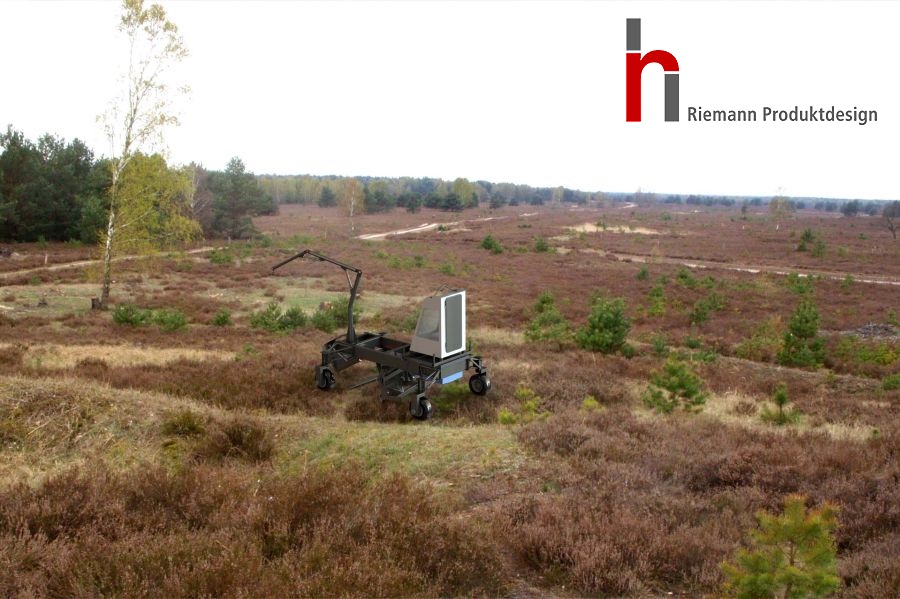

Breaking new grounds
The greatest threat to the preservation of heather is neglected maintenance: in an astonishingly short time, vast areas of heather disappear under the young canopies of pines, birches and aspens – and with the heather, most of its spectacular inhabitants, which like it open and warm. Throughout Europe and Germany, many habitats of the dry European heather have been lost in recent decades, so there is an urgent need for new and innovative ideas to maintain heather landscapes in a nature-friendly and effective way. These methods are in no way intended to replace measures such as burning or grazing. However, our research in recent years shows that the current level of maintenance measures is not sufficient to preserve the remaining habitats in the long term.
In order to supplement existing methods, the project was to develop the prototype of a heather care machine. It should be used to reliably and effectively rejuvenate heather, reduce nutrients and remove emergent trees over large areas where maintenance is difficult to perform, such as for reasons of former military use or inaccessible terrain. To provide for the threat of residual munitions and other ordnance, the machine should have been able to operate remotely in heavily contaminated areas.
Information on the condition of the areas to be maintained can be gathered in advance via remote sensing and expert analysis of this data to serve as a basis for implementation. During the planning phase, however, it became apparent that application of the planned machine in contaminated areas would not be permitted due to the current legal situation, even in autonomous operation. Therefore, the design of a smaller, lighter machine could not be finally developed either. This design would have allowed for low soil compaction, mosaic landscape structure and reliable removal of the upper soil layer containing (externally introduced) nutrients. Although our research in this task was not successful, the partners still believe that the combination of an autonomous vehicle in combination with remote sensing data needs to be further thought for a future heather management and can elementarily contribute to the protection and preservation of the valuable heather areas, which are becoming increasingly difficult to manage due to financial, organizational and climatic reasons.
images & text by Dr. Carsten Neumann; Herbert Riemann; Heinz Sielmann Stiftung: Jörg Fürstenow, Dr. Jörg Müller, images by Sebastian Hennigs




